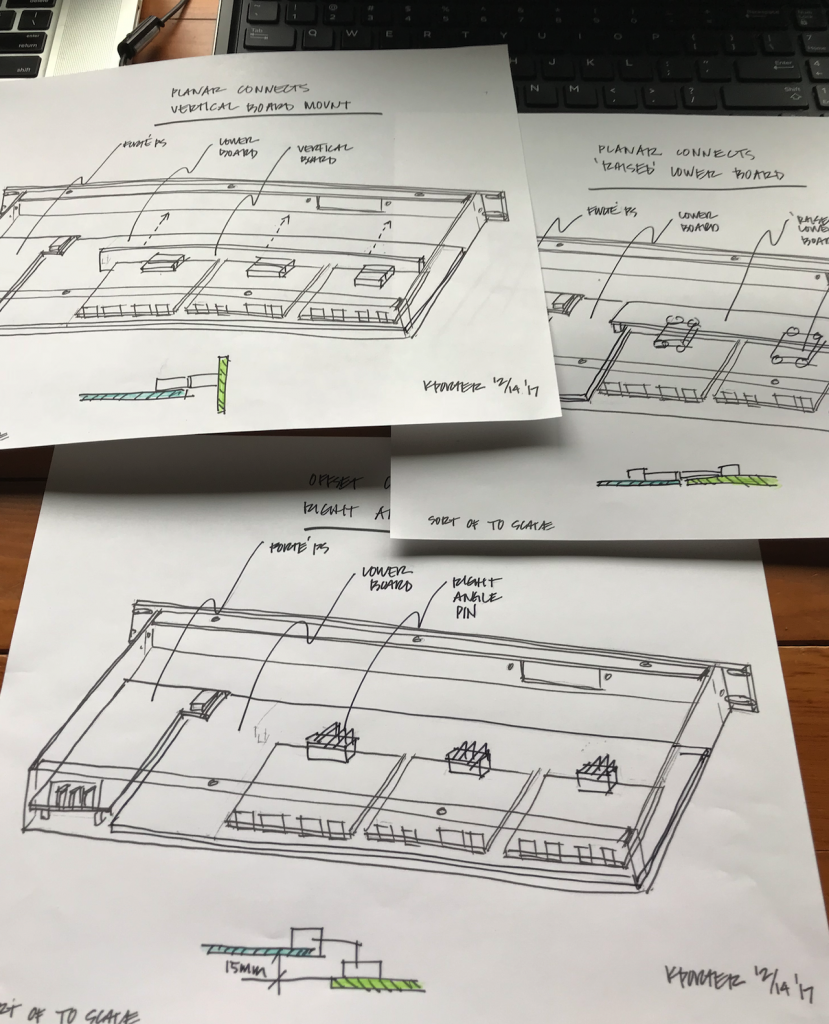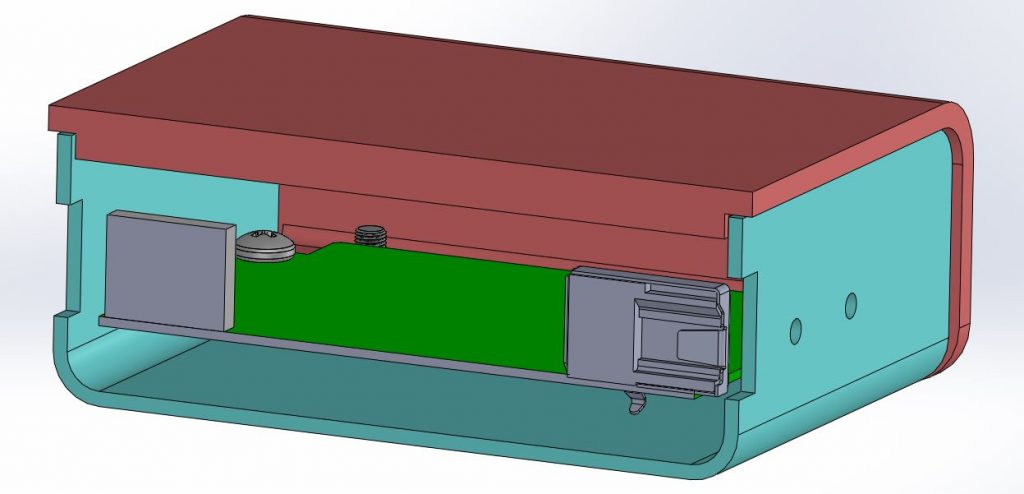HatchOne utilizes sketches early to share concepts and build consensus. The ability to visualize — and then communicate — what is in your brain to paper (or screen) is key to early product success.
Product innovation begins with a clear problem statement that catalyzes concept solutions.
Getting visualized concepts from your brain to paper is an underappreciated skill in design engineers. Guaranteeing product innovation means many diverse solutions need to be generated, from prototyping to product design. The quickest, most efficient way to do this is by sketching. A lot.
Sketching can be on a whiteboard as outlined in a previous HatchOne post. Or on classic 8 ½ x 11 white paper, post-it notes, or a napkin. My favorite are Moleskin sketchbooks for capturing ongoing thoughts. And Hammermill heavier weight laser paper for brainstorming and cartoon sketching (it makes your sketch pens last longer!). The key is getting what is in your brain out for others to review and critique. Thoughts and concepts can noodle in your head forever. Getting them out onto paper and sharing them with others culls them quickly into the most feasible options. It also allows for tweaking, revisions and piggy-back brainstorming to generate even more solutions. These solutions can then be sorted, prioritized and the final top choices selected for development.
One golden goal of every design engineer and how to be a great CAD designer should be to sketch, sketch and sketch some more. Being able to sketch parts, assemblies, cross-sections and anything that can communicate a concept solution saves money and time.

Once the concept is illustrated in sketch form, then it’s time to get into CAD and block out scales and details. Doing any CAD before concept generation, narrowing and selection risks going down the rabbit hole and missing key product innovation opportunities.

Sketching is for concepting. CAD is for details.

Leading to proof of concept prototypes.
How to be an excellent CAD designer isn’t about being a CAD jockey, it’s about visualizing, communicating, tweaking, narrowing and only then getting into CAD to add details to the concept. The ultimate challenge is to create something in your head that you have to think about how to generate in CAD. This is a good sign that the concept is innovative and clever!

